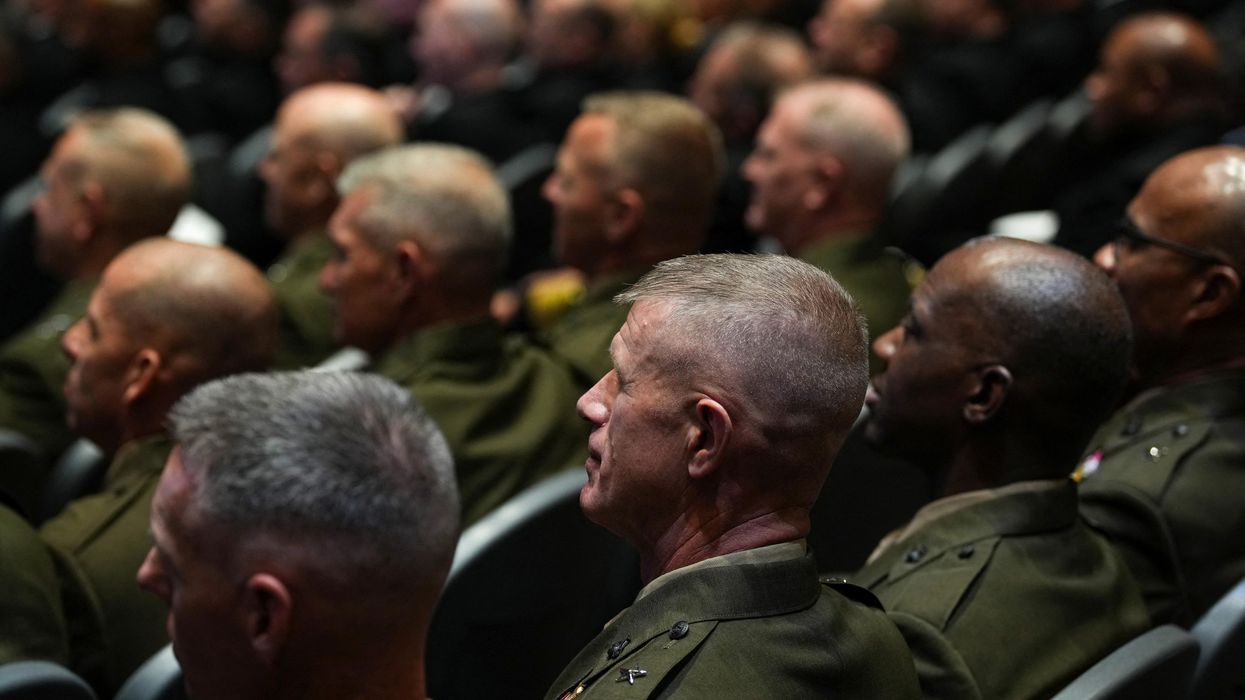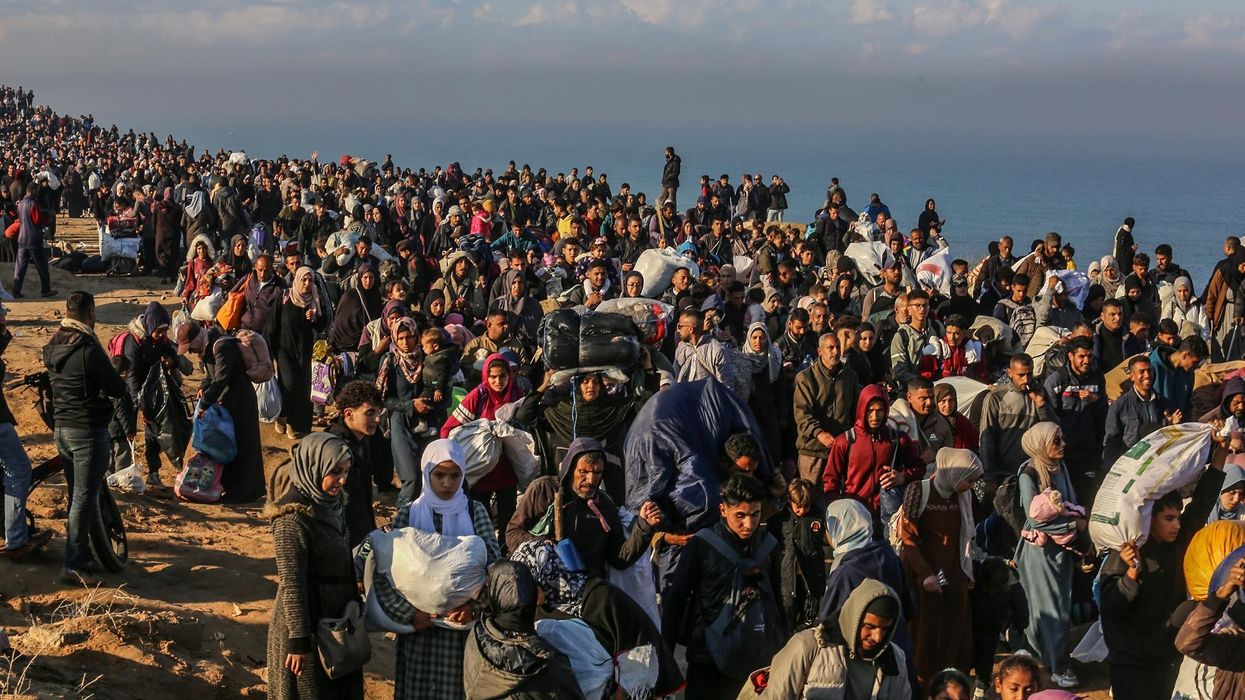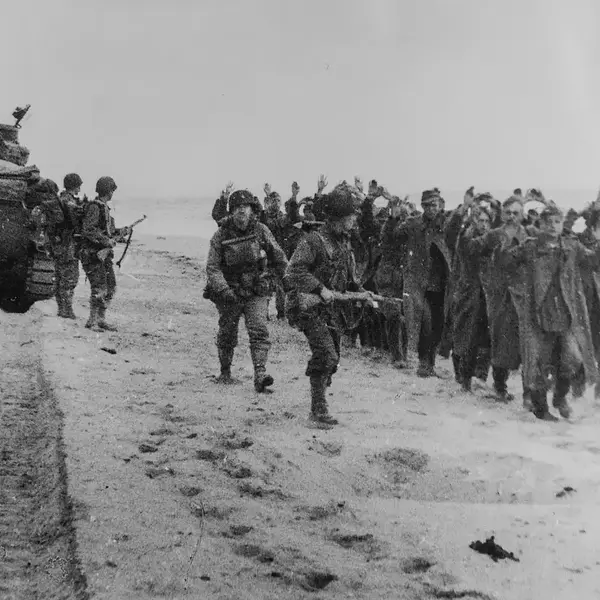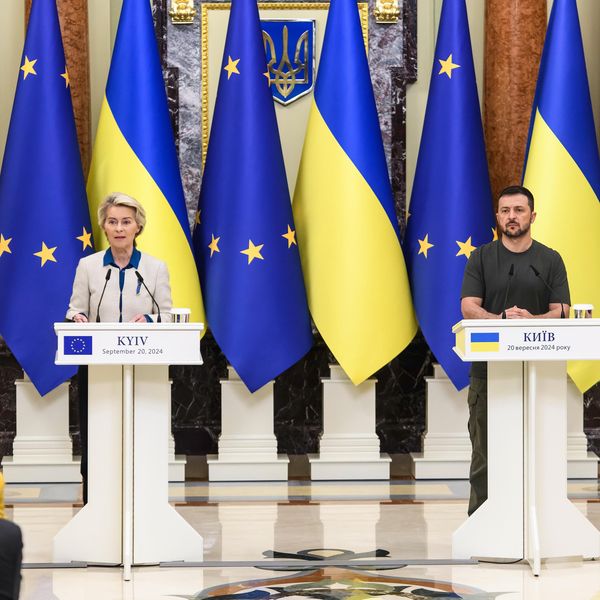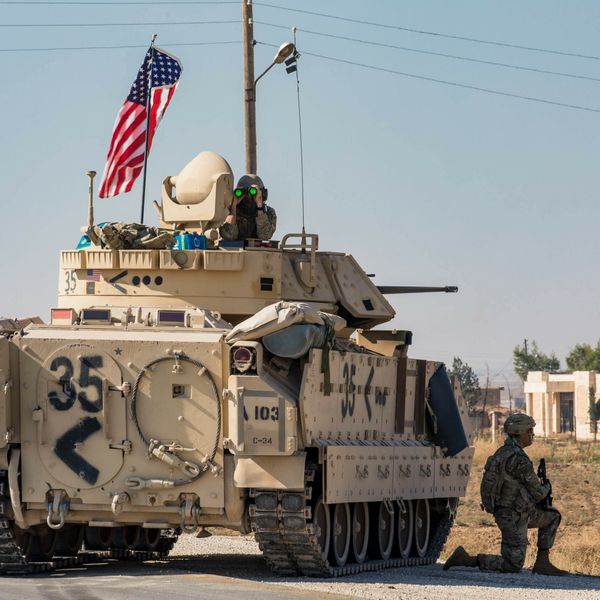There are 1,016 U.S. troops still in Niger — a virtual powderkeg of political and military unrest since an armed junta overthrew its president and locked him and his family in the basement of the government palace in late July.
As a result, regional governments under the banner of ECOWAS (Economic Community of West African States) is threatening to intervene militarily until the still-imprisoned leader is restored to office. The coup leaders have responded by rallying the people to their cause, as well as other armed juntas in the region.
One of the Niger junta leaders, by the way, Brig. Gen. Moussa Salaou Barmou, trained with U.S. military forces at Fort Benning, Georgia and the National Defense University in Washington, D.C.
In fact, the U.S. military has been in Niger and training Nigeriens since 2013 when Washington signed a status of forces agreement with Niger to conduct “non-combat” operations in the country. Since then the U.S. has built a strategic drone base there from which to conduct its counterterrorism operations in that part of the world.
What are U.S. troops actually doing there now besides training future coup leaders? Under what authority does the administration and the Pentagon continue to rotate American servicemembers in and out? Is it the 2001 Authorization for the Use of Military Force, designed to fight al Qaeda and “associated forces,” or the secretive authorities that are far more off the books and do not require as much Congressional review?
Sen. Rand Paul, R-Ky., asks this question and several more in a letter sent to Secretary of Defense Loyd Austin yesterday. Like:
How many countries is the U.S. military operating in under the 2001 AUMF? How many are operating under Sections 333 and 127e of the U.S Code, and who specifically is receiving aid and training in those countries? How much money went to Niger?
Aside from the tragic deaths of four American soldiers in October 2017 in an ambush, how many service members have come under fire in Niger since 2013? Under what authorities are being used to keep a U.S. military footprint there now?
Maybe Paul will have more luck than investigative journalist Nick Turse, who has been thwarted at all attempts to get a record of the military’s African trainees, particularly those associated with the region’s many coups in the last decade since Washington has been pouring military assistance into the region. He had to file a Freedom of Information request to find out how many 127e operations the U.S. had across the globe — it turns out, 23 from 2017 to 2020. Just the tip of the iceberg, no doubt.
Last year, the Brennan Center issued a report on the Section 127e and 333 authorities, stating plainly that there is no transparency and Congress knows very little about where the money and personnel are actually going:
The Department of Defense provides congressionally mandated disclosures and updates to only a small number of legislative offices. Sometimes, it altogether fails to comply with reporting requirements, leaving members of Congress uninformed about when, where, and against whom the military uses force. After U.S. forces took casualties in Niger in 2017, for example, lawmakers were taken aback by the very presence of U.S. forces in the country.
Paul says this is unacceptable. Let’s see if a U.S. Senator on the Foreign Relations Commitment can get a little more light on the situation.
“As citizens of a Constitutional republic,” said Paul in his letter, “Americans must be informed of hostilities involving the Armed Forces so that the people can participate in national debates over war and peace. “
- Kill bill: GOP leadership scheme could spike war powers reform ›
- NATO's Article 5 does not override Congress's war powers ›
- Time to rip up the president's blank check for war ›
- Senate shoots down effort to withdraw US troops from Niger - Responsible Statecraft ›
- Is that US drone base in Niger really necessary? | Responsible Statecraft ›
- Why the Nigerien junta wants to kick US troops out | Responsible Statecraft ›


